Cloud Solution Architect and travel enthusiast Emaad Paracha just completed a journey that will spark joy in any travel fiend. In an idea titled the “Currency Project,” Paracha traveled across Pakistan to visit all the places found on our currency notes.
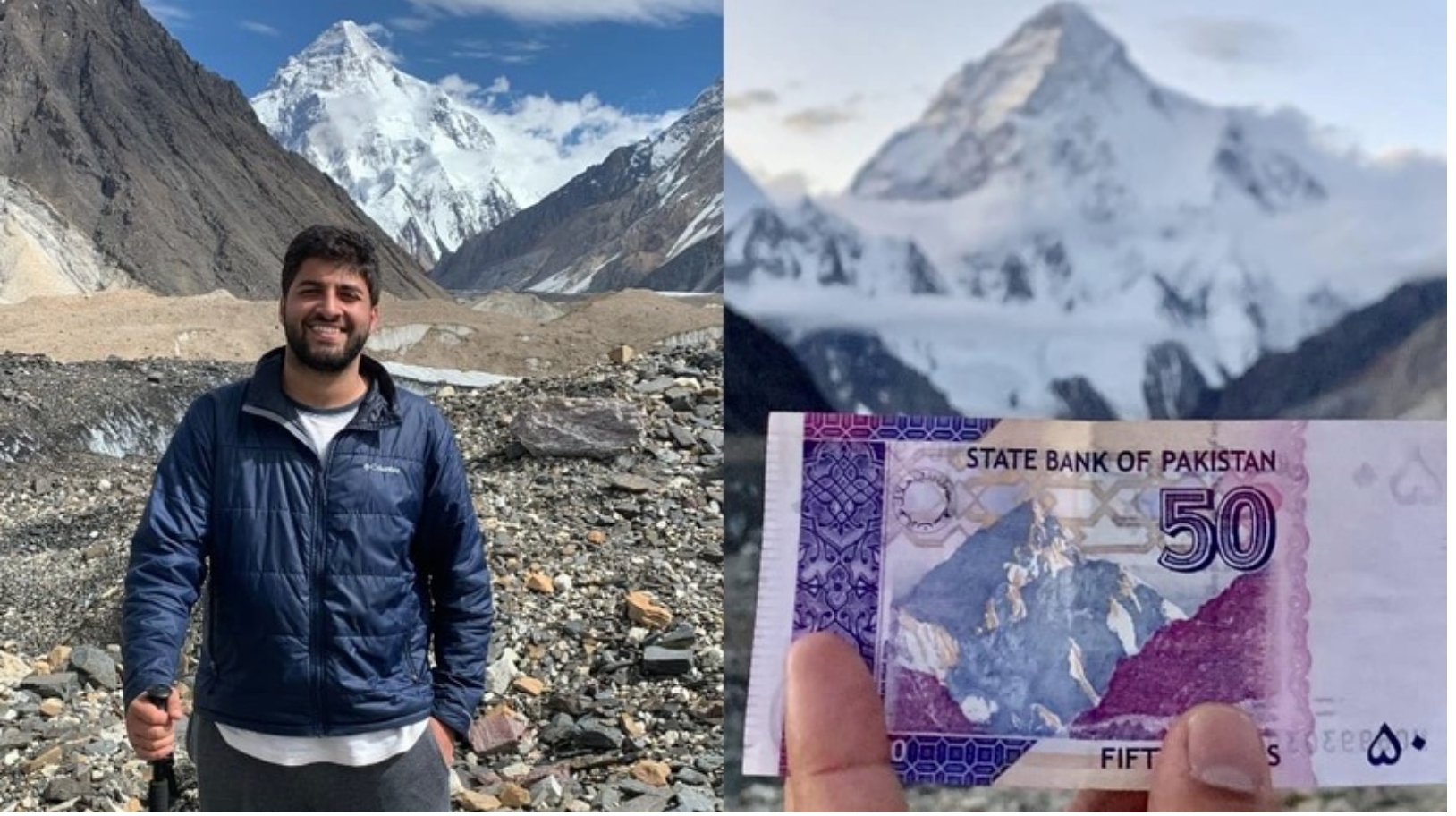
“So when I got there, I asked the guide where the picture was originally taken.”
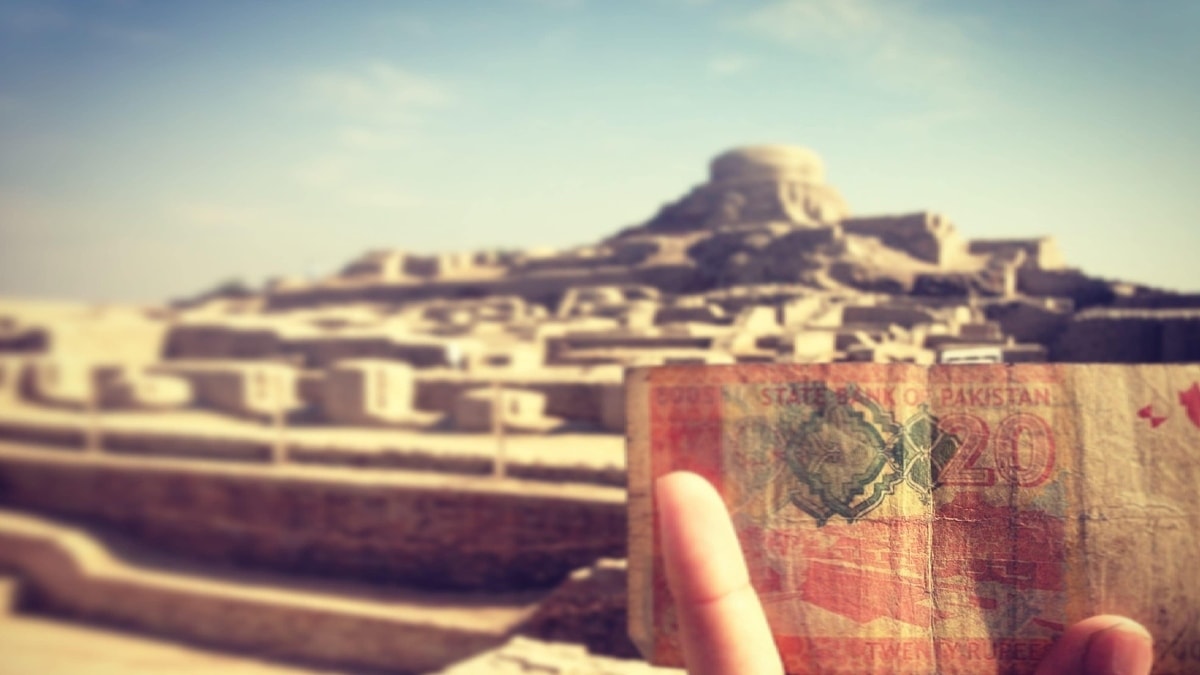
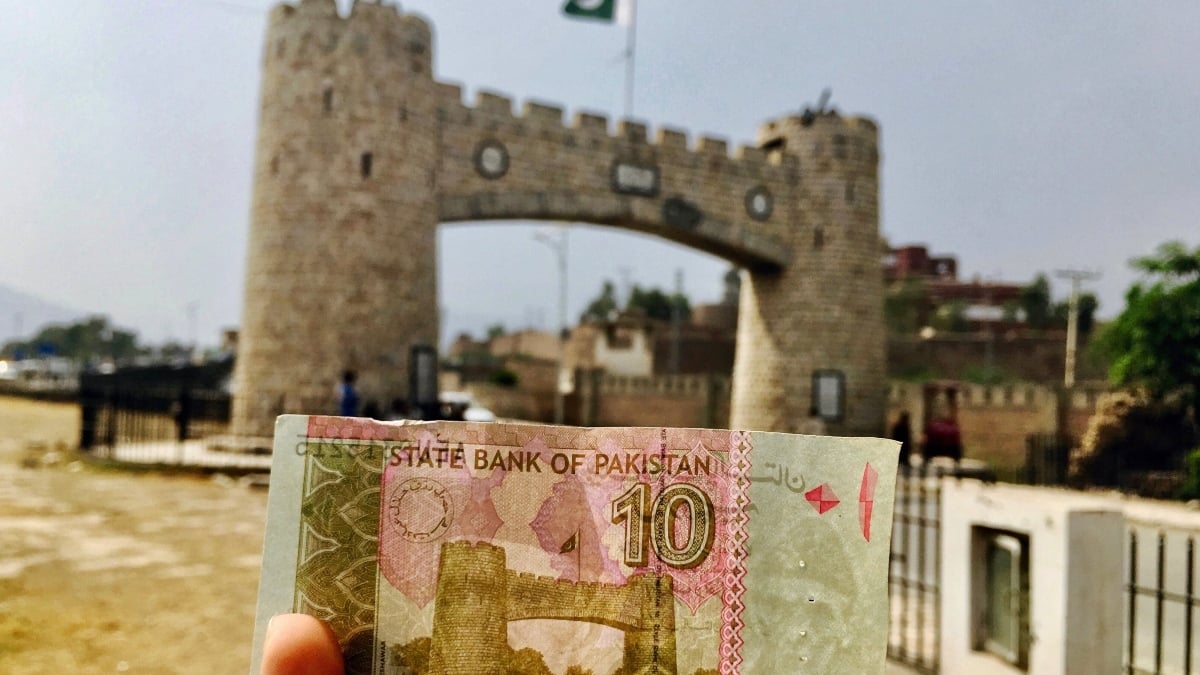
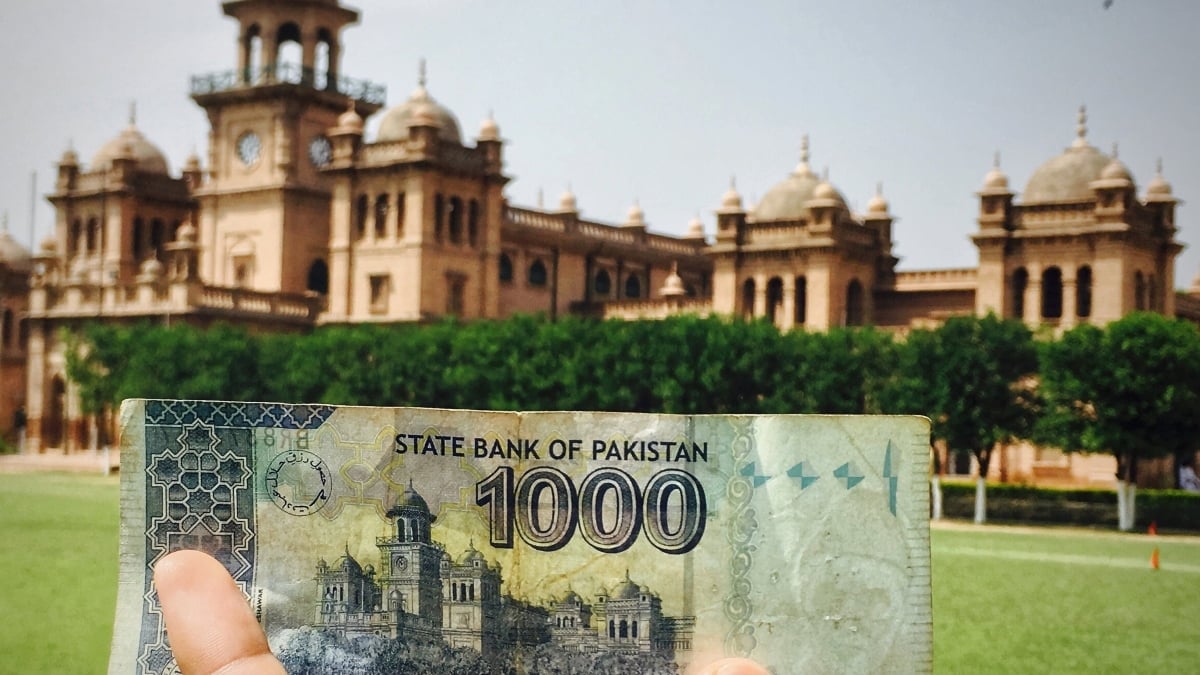
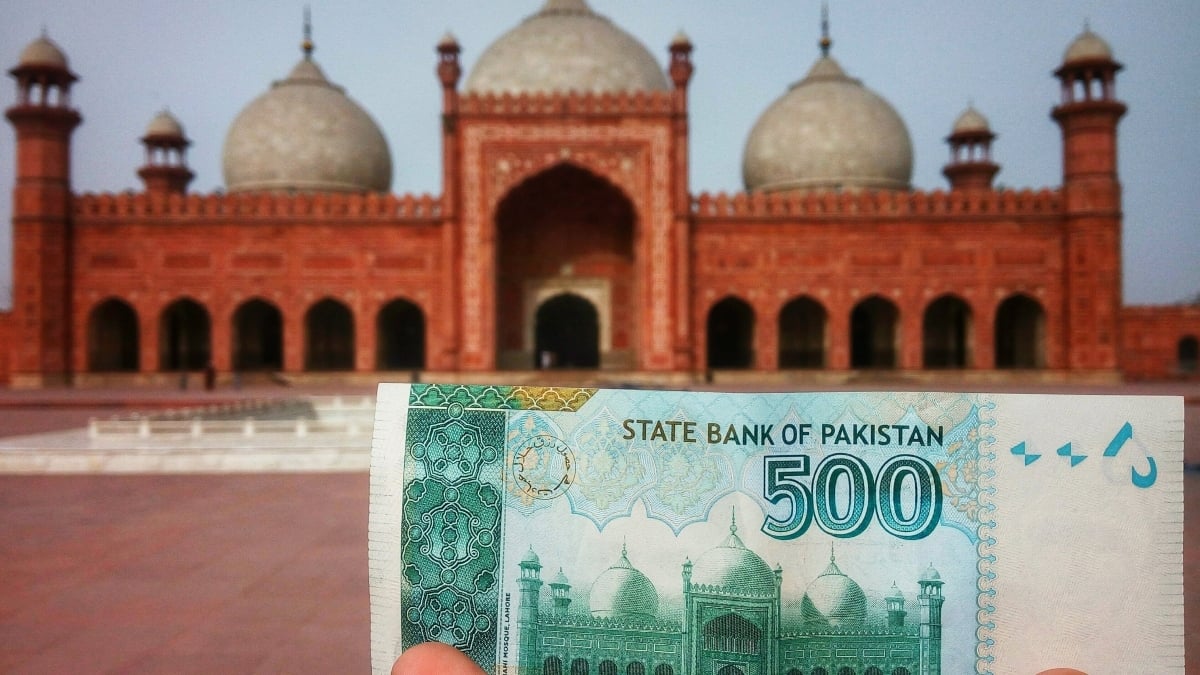
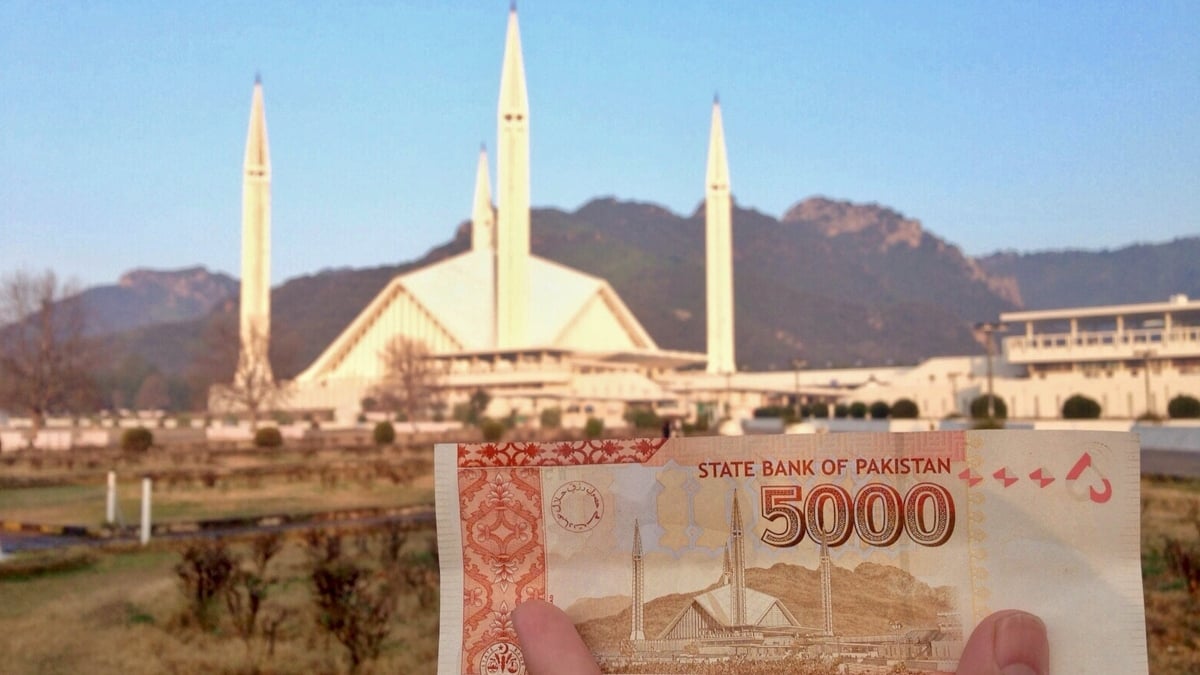
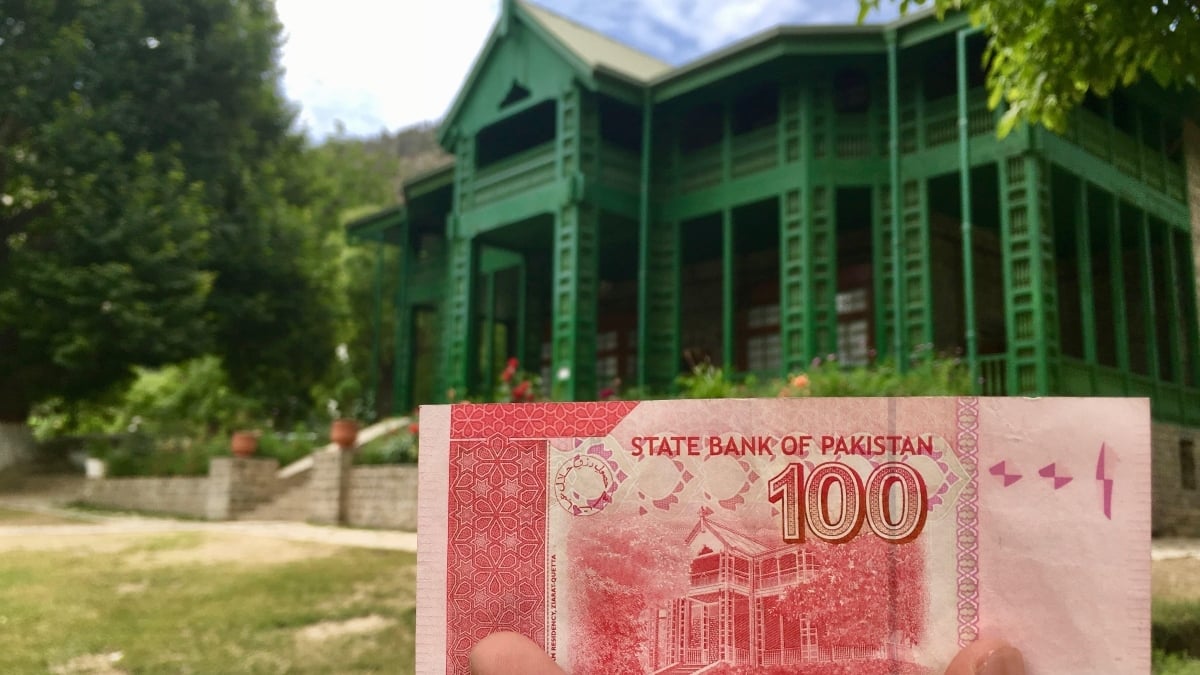
Have you ever looked at the back of your local currency notes and wondered what the locations would look like in real life?
Think no more! Cloud Solution Architect and travel enthusiast Emaad Paracha just went backpacking across provinces and photographed all the mesmerizing landmarks printed on Pakistani notes.
“It all started in 2015 when I went on a family trip to Mohenjodaro. I had always noticed it at the back of our 20 rupee note”, said Emaad, as he revealed the initial idea behind coming up with the Currency Project. “So when I got there, I asked the guide where the picture was originally taken.”

“I clicked a picture with an older crumpled note not thinking much of it then, but to my surprise, it was received well on social media. I thought to myself, why not make this an excuse to travel around Pakistan, take more of these pictures, and learn more about our history?”
With this spirit in mind, Paracha made sure to explore the rest of the locations over the course of the next four years. On his list were monumental historical sites such as Bab-e-Khyber (10 rupee note), Badshahi mosque Lahore (500 rupee note), Islamia College Peshawar (1000 rupee note) and Faisal Mosque Islamabad (5000 rupee note.)




Traveling to these locations was fairly convenient on family trips, as the UofT student revealed, but the overall journey was stretched, primarily because of K2 and Ziarat – the accessibility of which was a little more troublesome than the rest.

“The last one, and by far the toughest of them all by a million miles, came last summer when I was finally able to go on a trek to K2’s base camp – something I had planned for 3 summers before it finally happened,” said Emaad, attributing the delay to the occupations of student life.
“That was a once (and only once) in a lifetime trip. It was nearly a 2 week, 300 km trek, which involved sleeping on one of the world’s largest glaciers at night, in negative degree weather, with rocks poking into your back. We used to walk 20-30 km in the sun for up to 12 hours a day but the only thing driving me was the picture,” he further elaborated.
He described the trip as a once in a lifetime journey and said his project stirred up excitement even for the locals who had lived there their whole lives. However, he almost didn’t get to take the iconic shot.
“When I finally got to K2, it was covered in clouds, and the locals told me that rain forecast for the next few days meant the mountain would be pretty much covered throughout. However, by then, everyone in the group was set on pushing departure by a few days. What was the point of trekking so much if we couldn’t even see the mountain?!” he laughed.
Luckily enough, they managed to get a glimpse of the stunning view at sunset when the clouds dispersed. But the wait for the view meant a long treacherous journey back.
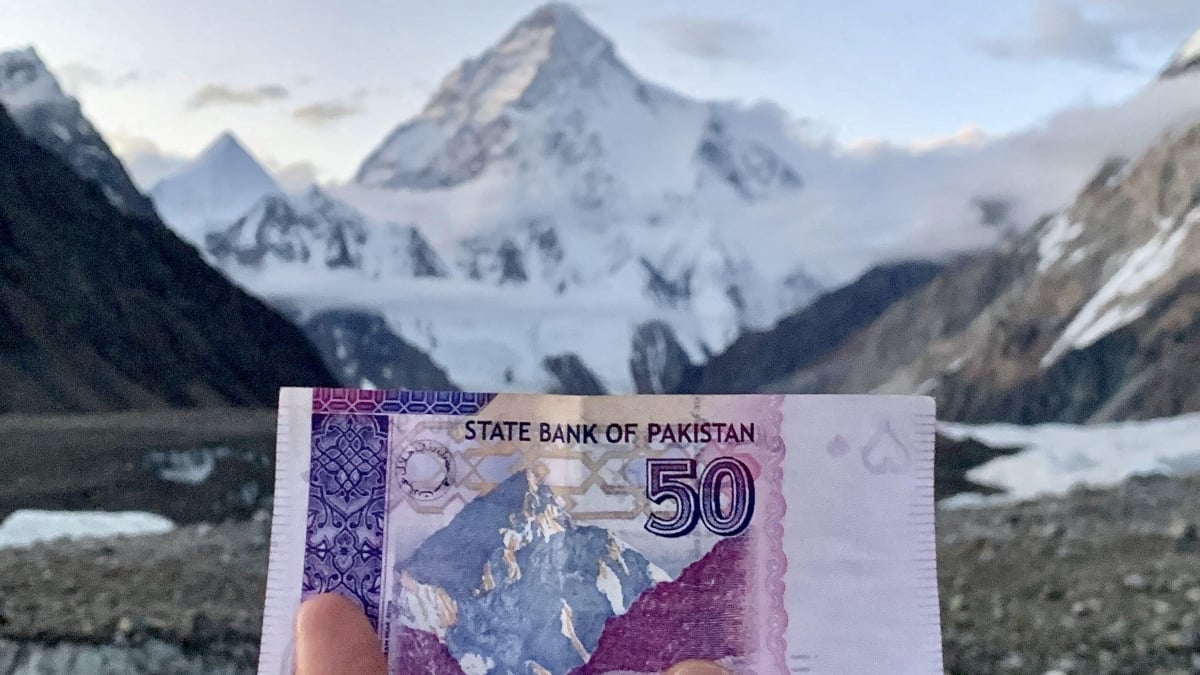
“Because of the delay, we had to cross over from one glacier to another and walk on extremely slippery ice on the edge of deep crevasses – that too in pitch darkness,” he remembered, narrating the tale of that horror story on the way back. “I remember we all held hands while walking in a line, using just our headlamps.”
His passion for finding iconic landmarks didn’t just stop there. He’s managed to take pictures of the icons on coins as well.
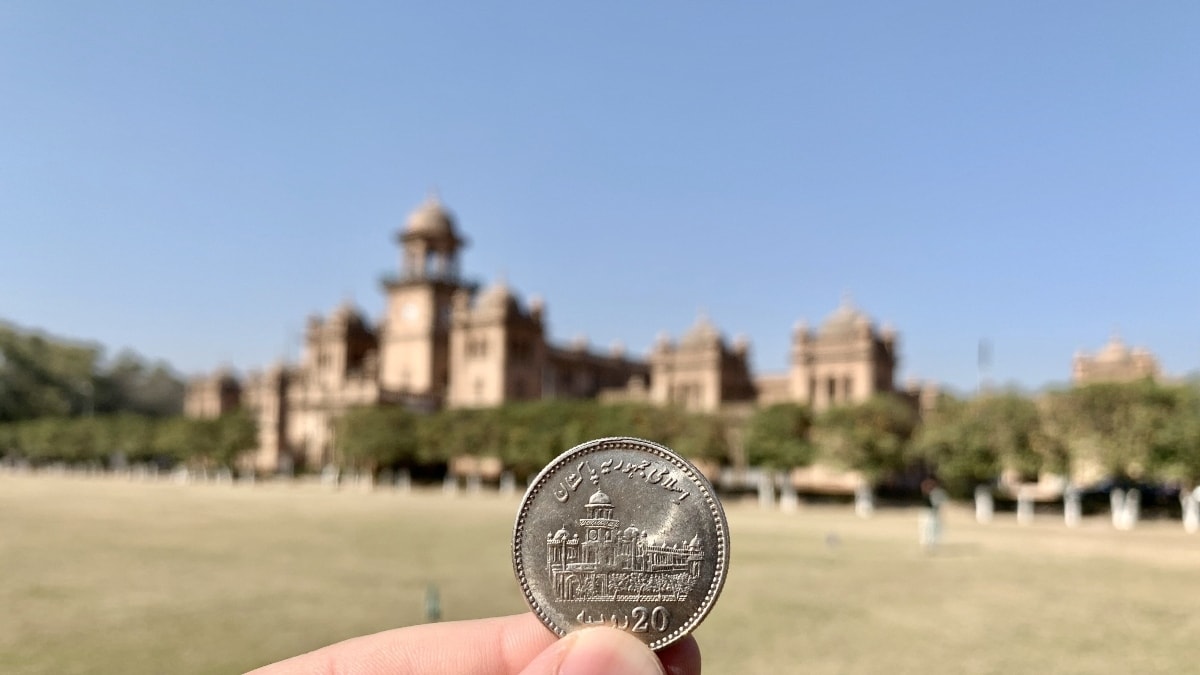
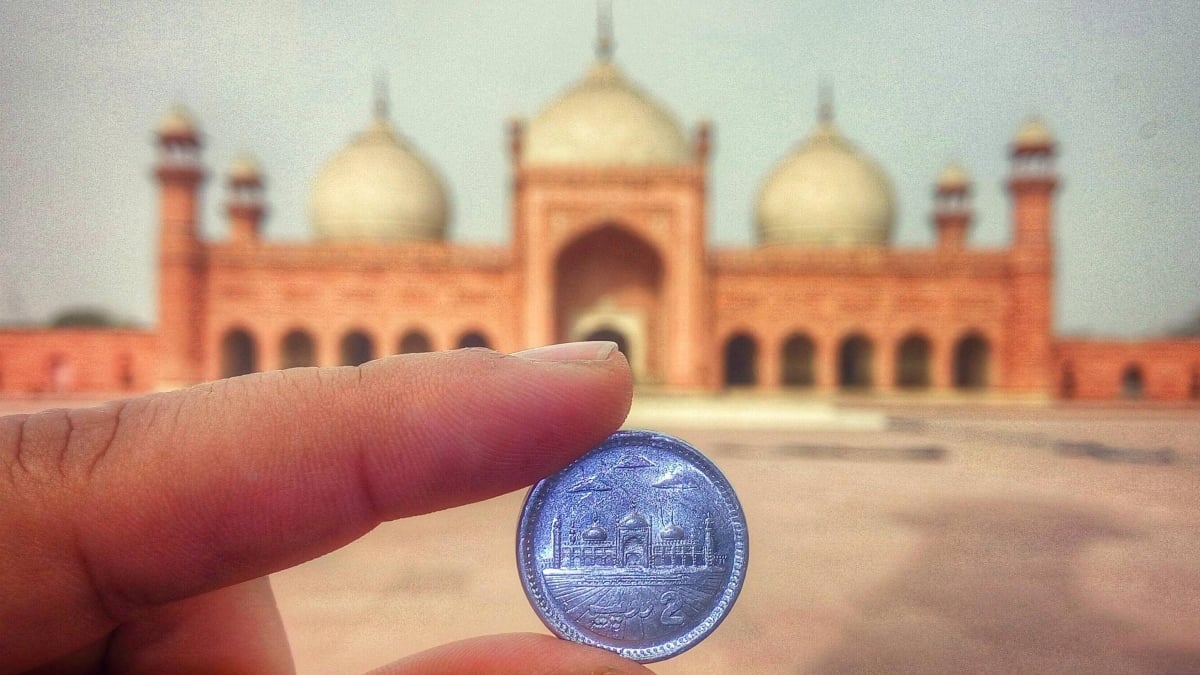
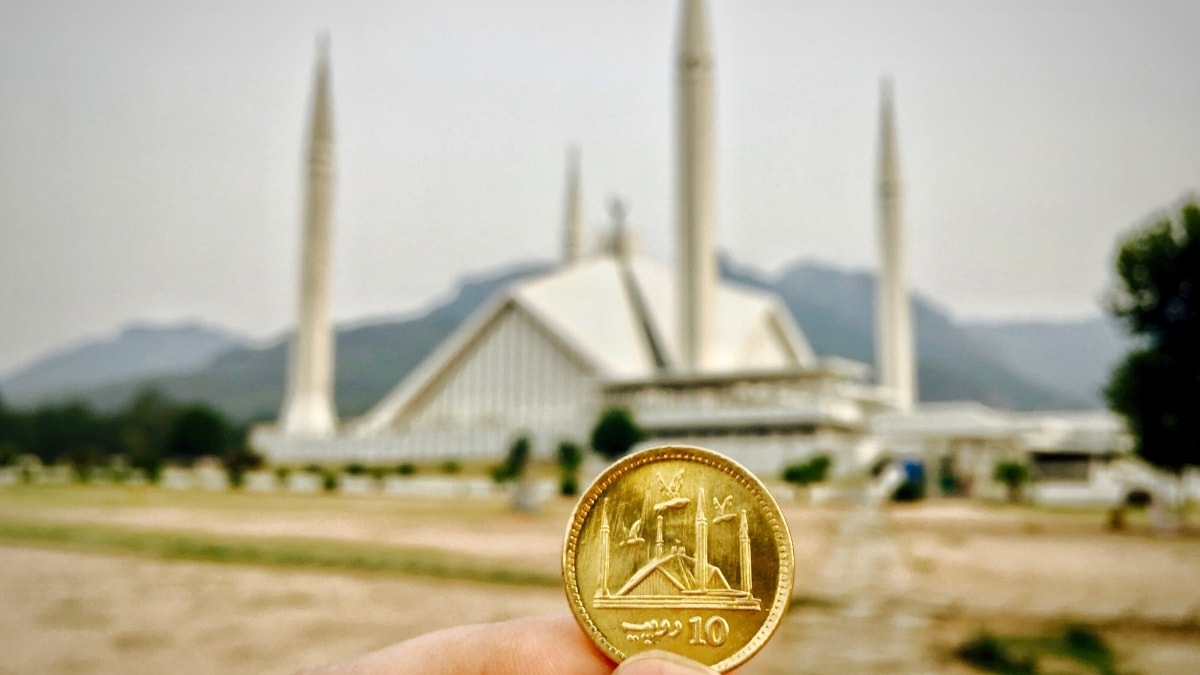
via Images








